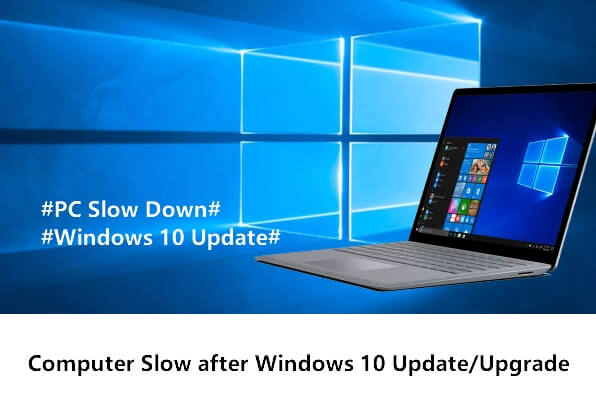

Step 1: Open Control Panel, and then go to Hardware and Sound > Change what the power buttons do > Change settings that are currently unavailable. Therefore, to fix the Windows 10 slow boot issue, turn off Fast Startup.

You may have disabled this feature before, but it may be automatically enabled again after Windows 10 update. This is because the implementation of Fast Startup is based on the graphics card driver and power management driver, but currently the drivers on many computers are not compatible with the Fast Startup feature.

But many times, this function can also be the culprit that causes Windows 10 to boot slowly. The Fast Startup feature is enabled by default in Windows 10, which aims to make Windows 10 PC boots faster after shutdown. Now, try the following methods one by one until your Windows 10 boots at normal speed. Although you know this problem started after the update, you certainly don’t want to roll back your Windows 10 to the older version, and in fact, you don’t have to. Usually, you can’t quickly determine exactly what’s causing Windows 10 to boot slowly. How to fix Windows 10 slow boot after update

So, how do you fix the problem of slow boot after Windows 10 update? Continue reading this page and you will find a right solution. In fact, it is probably because some settings of the system have been changed during the update process, thus affecting the boot speed. Some users reported that Windows 10 boot slow after the latest update. Updating Windows 10 to the latest version helps keep your computer running smoothly and securely, but sometimes the update can also cause unexpected minor problems or bugs. How to Fix Windows 10 Slow Boot after Update


 0 kommentar(er)
0 kommentar(er)
